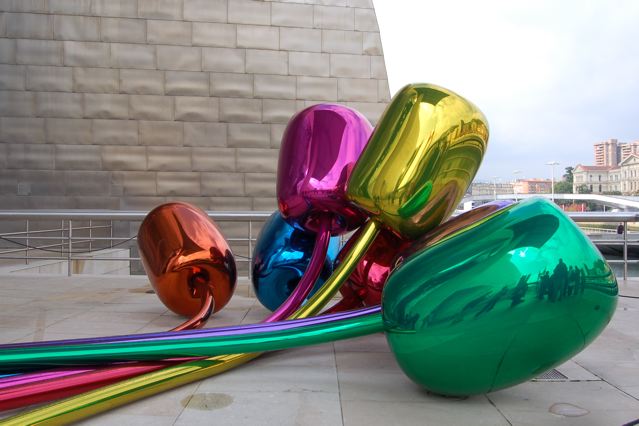 Vivartis 2011 continues to be one of the most vibrant and exciting art exhibitions in Surrey, and one I never miss. Showcasing the work of more than 400 individuals, it includes work by professional and amateur artists and sculptors.
Vivartis 2011 continues to be one of the most vibrant and exciting art exhibitions in Surrey, and one I never miss. Showcasing the work of more than 400 individuals, it includes work by professional and amateur artists and sculptors.I particularly loved seeing the work of Nic Fiddian Green 'in the flesh' as it were. Nic is famous for his massive horse head sculptures - his 'Horse at Water' at Marble Arch has met with great critical acclaim and another of his great equine scultures towers over Goodwood racecourse. There is something very special about re-creating the horse - I was transfixed by the magnificent 'puppets' in Warhorse and Nic's work moves me in much the same way.
Other local artists with incredible skill and perception are also evident at the exhibition - Glenys Ambrus is a brilliant artist - I have been taught by her in the past and her pastel drawings are wonderful. Another talented local tutor, Juleit Renny, has some of her lovely landscapes and paintings on display as does everyone's local favourite, David Shepperd.
Amongst the more unusual peices of work are those by Philip Jackson and Ken Paine. Jackson's work has been described as 'hauntingly elegant' and Paine's portraits are intriguing, even a little dark and disturbing at times. In contrast, Jon Wright's painting are full of colour and flamboyant humour.
There's always a great mix of styles, and indeed prices, at Vivartis. Catch it while you can.
Vivartis runs until October 16th at Kind Edward's School, Witley. Tel: 01428 686727 website: www.kesw.org






